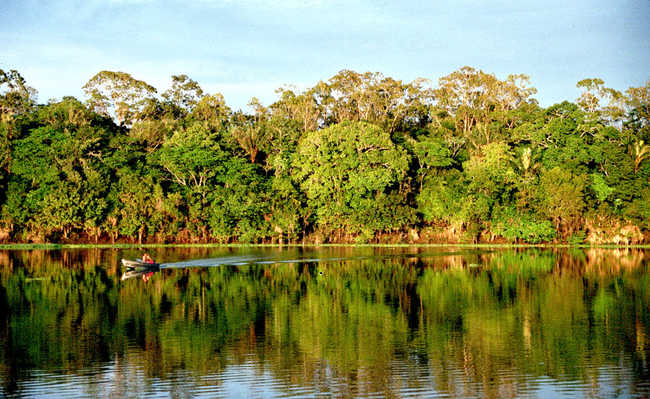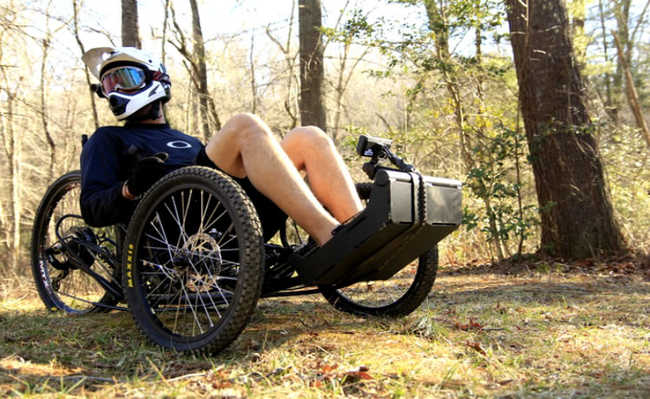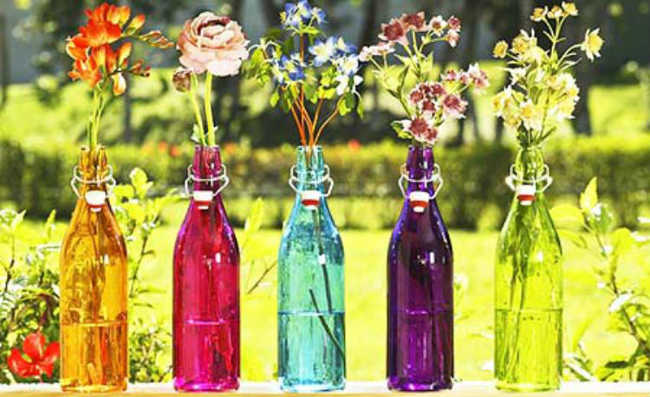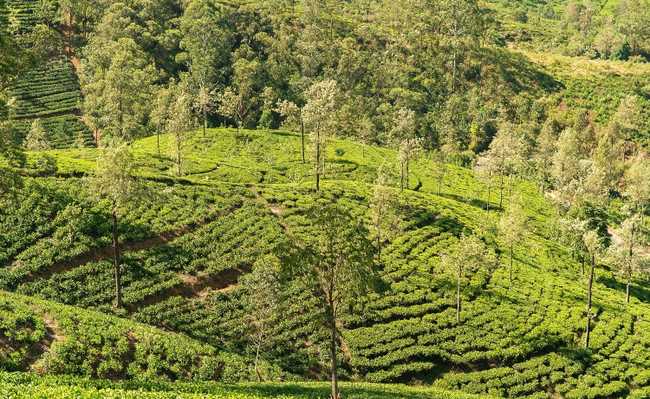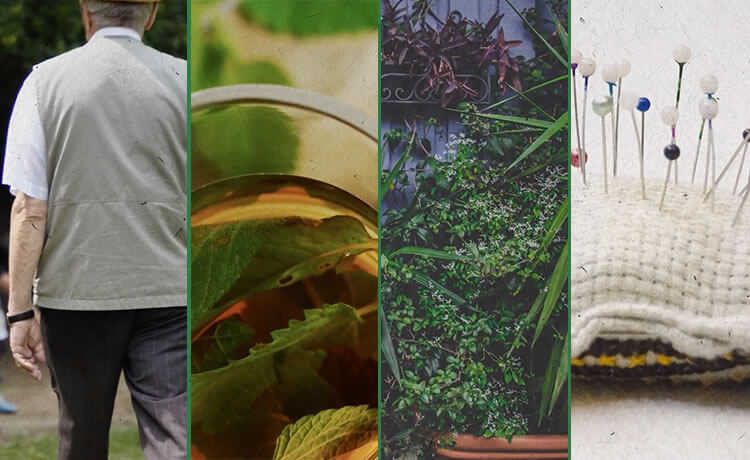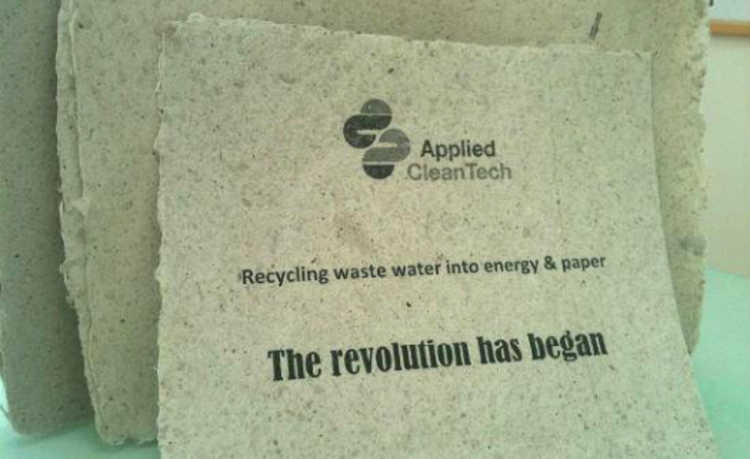What is the Product Life Cycle Assessment (LCA)?
Life Cycle Assessment is a technique developed to verify the impact of products on the environment

Resized image by Thomas Lambert, available on Unsplash
What is Life Cycle Assessment (LCA)?
Life Cycle Assessment (LCA) is a technique developed to verify the impact of products on the environment. The LCA analyzes the environmental effects associated with production activities throughout the product's life cycle.
This type of assessment emerged in the 1970s, when the Coca-Cola company commissioned a study of the Midwest Research Institute (MRI) to compare the different types of soft drink packaging and select which ones were the most suitable from an environmental and performance point of view in preserving natural resources.
The Life Cycle Assessment (ACV) is governed by ISO 14040 standards, created by the Brazilian Association of Technical Standards (ABNT). According to a study carried out at the Federal Technological University of Paraná, this type of assessment helps to identify opportunities for improvement in the environmental aspects of products in the various phases of their life cycle, in order to minimize the use of toxic items and reduce consumption. of water and energy, reduce waste generation (and find solutions to use them as by-products), reduce costs within the process, evaluate the use of machinery and equipment, and manage other environmental activities related to the industrial process, among others factors.
From the LCA, the industry can see what is wrong in environmental terms, trying to correct flaws; and consumers can choose, within their possibilities, products from companies that fit a more sustainable logic.
Cases
A very practical case can be seen in the study carried out by the Federal University of Paraná (UFPR), which compared the environmental impacts caused by the use of PET packaging in relation to aluminum packaging, using the Life Cycle Assessment methodology. The study revealed that PET packaging affects the environment more negatively than aluminum packaging - this is because the latter have a greater quantitative reduction of energy in the consumption of natural resources, in the emission of air pollutants and in the generation of solid waste. The study also found that, in terms of 'consumption of renewable and non-renewable natural resources', PET is the worst-case scenario.
Another case that is closely related to everyday life is the comparison between the use of plastic bags and recycled paper bags. According to a study carried out by Franklin Associates, with the objective of evaluating the energy and environmental impacts of the use of polyethylene bags and unbleached paper, the results showed that the energy required for the production of plastic bags was 20% to 40% less than for producing the paper bag; the atmospheric emissions of plastic bags were approximately 63% to 7% lower than paper. However, plastic bags face problems at the end of the cycle.
There is also a concept closely related to Life Cycle Assessment, which are the "six 'errs' of sustainability". According to an article published by the Brazilian Institute of Information in Science and Technology (IBICT), these are the steps for planning a new product or for improving an existing one. The thinking is based on the following concepts:
Rethink:
Examine the product so that it is as efficient as possible;
Reset (replace):
Check the possibility of replacing any item that is toxic for another that has less impact on human health and the environment;
To repair:
Develop a product that can have its parts or pieces repaired;
Reduce:
Think of a way to reduce the consumption of raw materials, energy, water and the emission of pollutants;
Reuse:
Think of a product that has parts or materials that can be used again;
Recycle:
Transforming the products and materials that would be thrown away into raw materials or new products with another use.
the consumer side
Product Life Cycle Assessment is a methodology used by companies and governments. But, in everyday life, we can incorporate an attitude analogous to Life Cycle Assessment (LCA) . When consuming, we can take into account the product's life cycle and give preference to natural products with less environmental impact. When we try to use natural products, produced locally or that have green labels, we demonstrate awareness of consuming items that have been certified for using methods that preserve the environment. Searching for products that are recyclable is also essential, as we contribute to increasing the life cycle of this particular product. Put conscious consumption into practice. Learn more about this topic in the article: "What is conscious consumption?".

